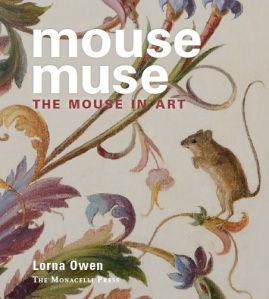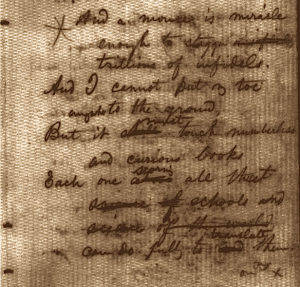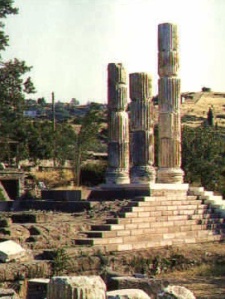 Art Spiegelman first glommed onto the idea of depicting the mouse as a metaphor for the oppressed during his stint as an underground ‘comix’ artist when he was asked to contribute a piece for a comic book called Funny Aminals [sic]. This being 1971, the twenty-three-year-old Spiegelman thought mice tyrannized by cats befitted the Black experience in America. While his efforts didn’t pan out—“just felt problematic”—he saw how neatly his “Ku Klux Kats” could be Nazis instead; injustice writ large if not anthropomorphically. And quite unexpectedly, he saw too in cats chasing mice a relevance to his Polish Jewish family’s history. So he wrote and drew “Maus.” His three-page Funny Aminals story would, fifteen years later, swell into the first volume of Maus, his Pulitzer Prize-winning graphic memoir.
Art Spiegelman first glommed onto the idea of depicting the mouse as a metaphor for the oppressed during his stint as an underground ‘comix’ artist when he was asked to contribute a piece for a comic book called Funny Aminals [sic]. This being 1971, the twenty-three-year-old Spiegelman thought mice tyrannized by cats befitted the Black experience in America. While his efforts didn’t pan out—“just felt problematic”—he saw how neatly his “Ku Klux Kats” could be Nazis instead; injustice writ large if not anthropomorphically. And quite unexpectedly, he saw too in cats chasing mice a relevance to his Polish Jewish family’s history. So he wrote and drew “Maus.” His three-page Funny Aminals story would, fifteen years later, swell into the first volume of Maus, his Pulitzer Prize-winning graphic memoir.
With mice standing in for Jews, for the small Spiegelman clan, the narrative shifts back and forth in time: from the comic book artist getting his father to speak about the past; to his father and his mother during the Holocaust; to his and his father’s complicated relationship, replete with recriminations, disappointment and guilt as he continues to work on Maus—all very meta.
Spiegelman elevated balloons of dialogue and bubbles of thoughts to literature; his graphic memoir is now considered a ‘modern classic.’ It’s been hugely influential; it’s sold over three million copies worldwide, translated into more than thirty languages. And inasmuch as he dragged his heels to revisit “the book that both ‘made’ [him] and has haunted [him] ever since,” he finally agreed to do a follow-up. His aptly titled MetaMaus is based on a series of conversations Spiegelman had with the scholar Hillary Chute. Covering practically every aspect of the creative process behind Maus,* he answers the three questions that have bombarded him ever since Maus, Volume I: My Father Bleeds History appeared in 1986, “Why the Holocaust?” “Why Comics?” and surely the single most important: “Why mice?” To which he nods to Funny Aminals and says, although he had some vague notion “of Jews as defenseless scurrying creatures,” it wasn’t until he began reading up on the Holocaust, research for the short story, that he discovered numerous works from the 30s and the 40s of Jews pictured as mice and rats, as vermin. “Shockingly relevant,” is how Spiegelman puts it; dehumanization was “a necessary prerequisite” for murder.
Meanwhile, Spiegelman realized, mice and cats were just the beginning; every nationality needed an animal to represent it. The international group of patients at the Czech sanatorium where his mother once stayed quickly became a zoo on the page; and the child of a Nazi and a Jew forced the artist to make some sort of a cat-mouse hybrid. And there were the wartime favorites: American dogs and Polish pigs, British fish and Swedish reindeers… “At a certain point,” Spiegelman sighs, “I did feel enslaved by my metaphor.”
.
________________________________
* Mentioned briefly in this earlier post when both a scholar and a critic had found similarities between 17th–18th century Japanese illustrations of mice and Spiegelman’s mice.
All quotes by Art Spiegelman, MetaMaus, 2011; additional sources: Maus I: A Survivor’s Tale, My Father Bleeds History, 1986; Maus II: A Survivor’s Tale, And Here My Troubles Began, 1991.
(Image: Self-portrait by Art Spiegelman, 1999, from MetaMaus, reproduced for non-commercial use only.)









